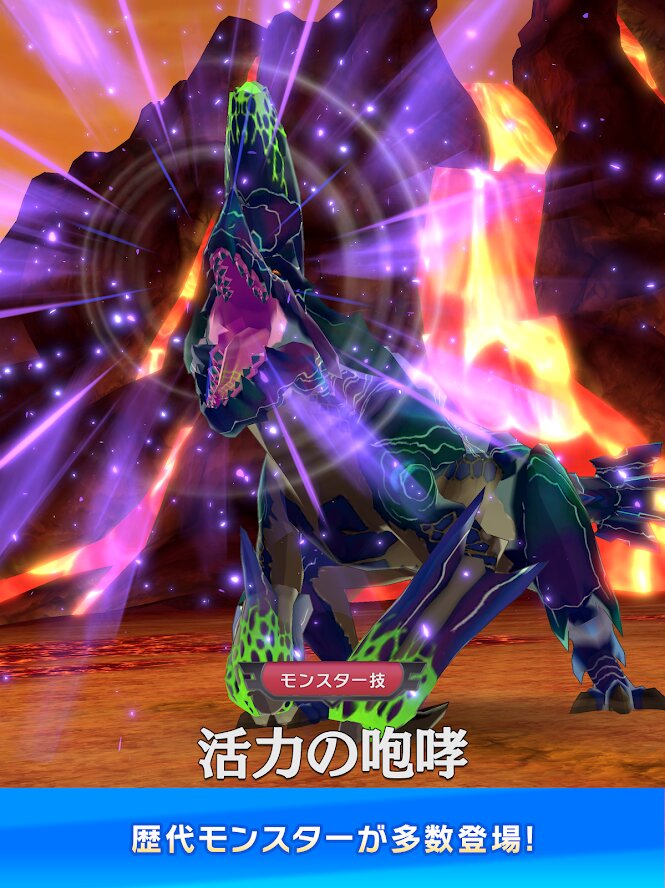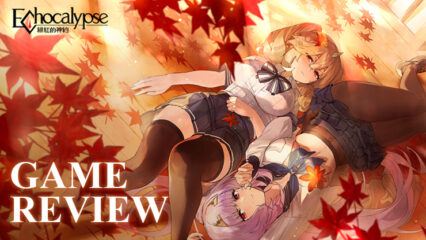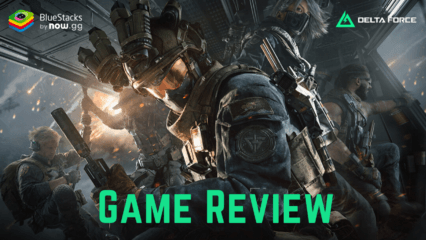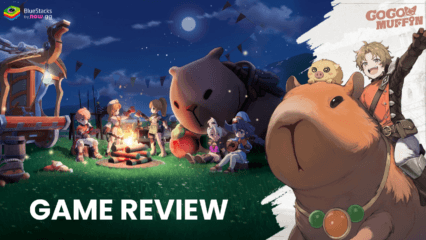Monster Hunter Riders Now Out For Android in Japan
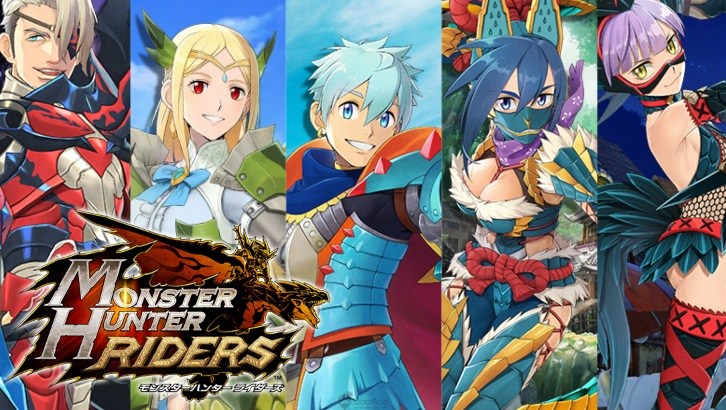
Download BlueStacks Now
In the gaming market, there are titles that have promising concepts but, for one reason or another, don’t quite make it in terms of mass appeal, and are doomed to fade into obscurity. Meanwhile, there are other games that simply want to ride the latest trends and get their 15 minutes of fame, only to crash and burn when the audience notices that they’re just copies or imitations of other titles. But then there are games like Monster Hunter that, with a simple concept, but a stellar execution of said common tropes, manage to skyrocket into popularity and spawn franchises that span generations and decades.

Starting out in the PS2 with Monster Hunter Freedom in 2004, this game was immediately divisive among its target audience, mostly due to its familiar concept but a radically-different approach to action gameplay. While beating up monsters and making weapons from their parts is something quite common in RPGs, Monster Hunter took it one step further by making the gameplay revolve almost entirely around this concept, while also creating a very unique combat system based on 7 different weapons types, each with their exclusive moves and play styles.
From that moment on, the folks at Capcom have been content with building upon that formula and, until the release of Monster Hunter World a few years ago that, while still offering a similar progression, incorporated a living, breathing world, and smoother, more fluid combat in relation to its predecessors. However, the success of this franchise has also sparked interest in experimenting with it in other genres, in the form of spin-off games.
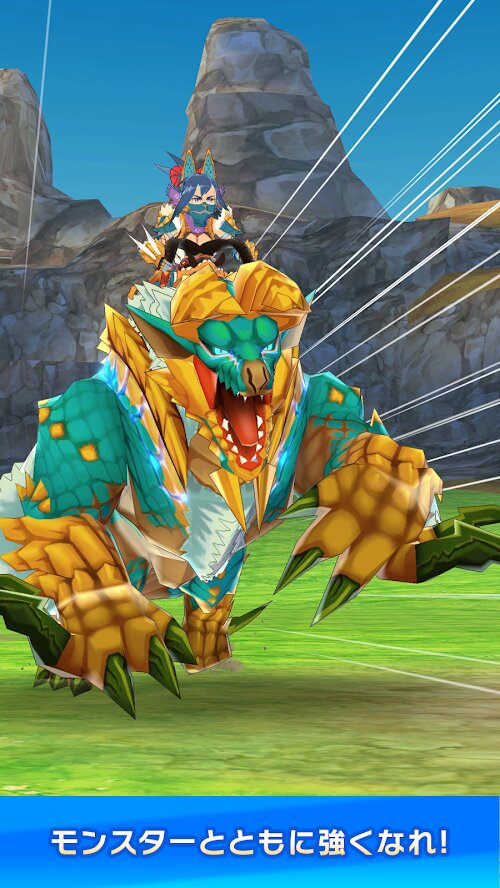
Now, this is certainly nothing new by now; Monster Hunter has had quite a few spin-offs to its name, with some of them, like Monster Hunter Stories, being received quite favorably despite featuring a radically-different gameplay style compared to the main game series—by the way, this one is also available on Android, and you can play Monster Hunter Stories on your PC with BlueStacks. However, there’s a new kid on the block as Monster Hunter Riders has just landed in Japan, and impressions, at this point, seem to be mixed among the audience.
Let’s take a closer look at what this game has to offer, and how it compares to its predecessors.
Journey Into the Continent of Felgia
Those who are familiar with the basic premise of Monster Hunter will know that, while the narratives and stories are kept fairly lighthearted and succinct, they all revolve around common elements. Specifically, there are many civilizations in the world divided into numerous bustling cities and villages that, by communing with nature and inserting themselves into the ecosystems, manage to establish a foothold in a world rife with large predatory beasts called “Wyverns.”
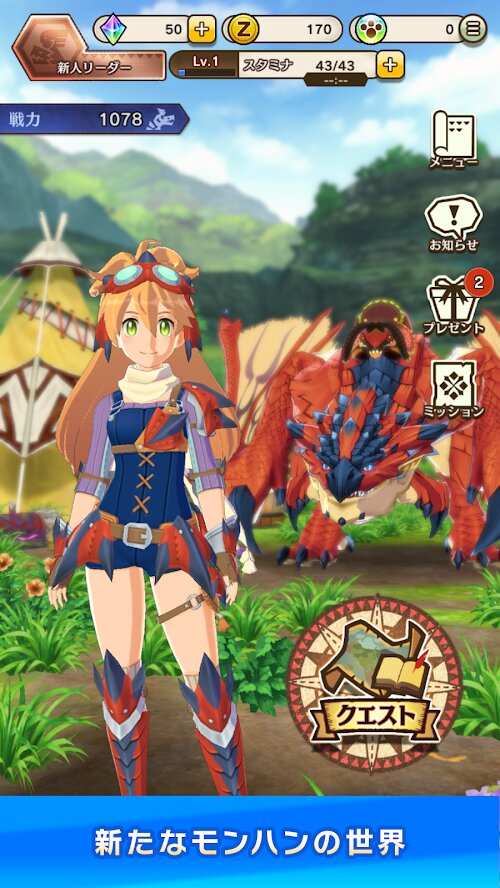
These Wyverns, like the animals in the real world, come in all shapes and sizes. From the powerful insectoid Queen Seltas and Nerscylla, to the majestic Shagaru Magala and gluttonous Great Jagras, there are many, many different monsters roaming around the land. And for the longest time, the sentient species of the world have hunted these monsters either to thin out the hordes when they’re getting overpopulated, or for using their different parts as materials for buildings, weapons, and armors.
In Monster Hunter Riders, however, the dynamic is quite different as in Felgia, in contrast to other parts of the world, hunters live peacefully alongside their Wyvern companions, establishing deep and meaningful bonds of partnership, much like trainers do in the Pokémon games. In this sense, instead of hunting, capturing, and whacking monsters senseless, you can gather, raise, and combine different monsters to create even stronger beasts.
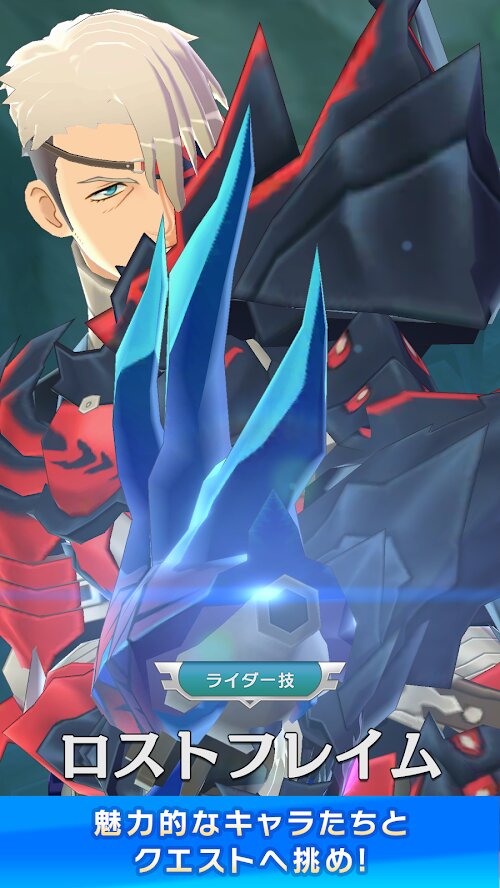
In terms of gameplay, Monster Hunter Riders is very much a gacha game, with a randomized summoning system in place for receiving new hunters. However, in a refreshing change of pace when it comes to titles in this genre, the monsters themselves don’t revolve around the said summoning system as they can be freely gathered through playing the game. However, since every hunter is different in terms of stats, skills, and weapon types, you’ll still find yourself pulling constantly through the gacha system to summon your favorite characters.
Battles in this game are fought in a turn-based fashion, in what could be the largest departure that this game has in relation to the original. Instead of action combat using 14 weapons types that behave radically-different each, these fights have the player assembling teams of hunters (called Riders in this game) and their monster companions to battle other monsters and teams. And as they make their way through the story, they will be able to capture different monster types, as well as unlock many hunters to create potentially limitless combinations of units.
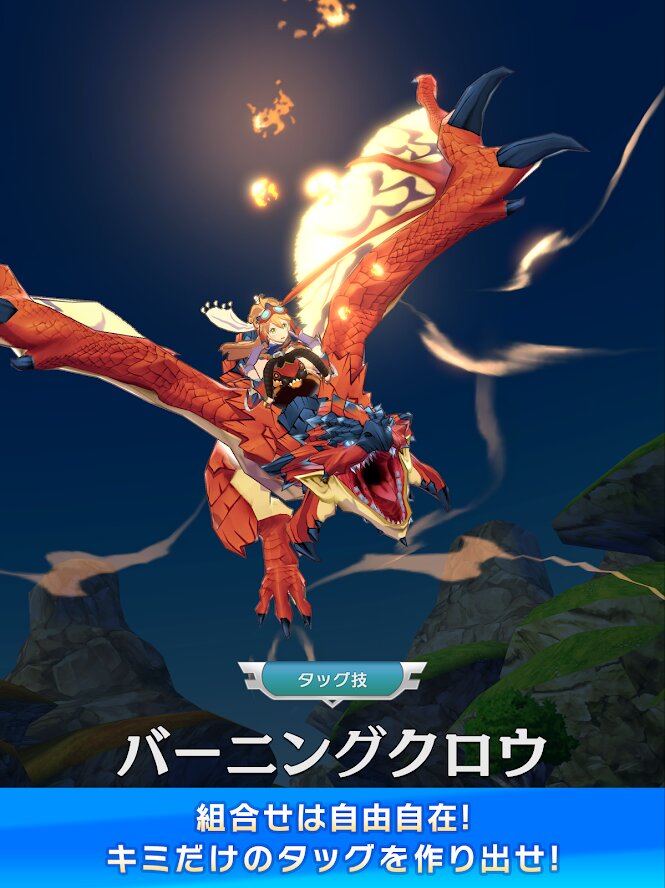
Gameplay aside, Monster Hunter Riders looks absolutely fantastic. It features an art style similar to that of Monster Hunter Stories, with a cartoony aesthetic as opposed to the more realistic visuals of the mainline series. The UI looks fantastic as well, with buttons and elements designed in the same style as those of their predecessors, including the monster icons and other aspects that have that distinct Monster Hunter feel.
While the game is still too young to actually tell if it’ll live up to the expectations we’ve come to expect from Monster Hunter games—not to mention that, as of now, it’s only available in Japan—we’re quite excited to see how it turns out. At the very least, we hope to have a decent gacha game with Monster Hunter elements and references; we would be OK with that.
